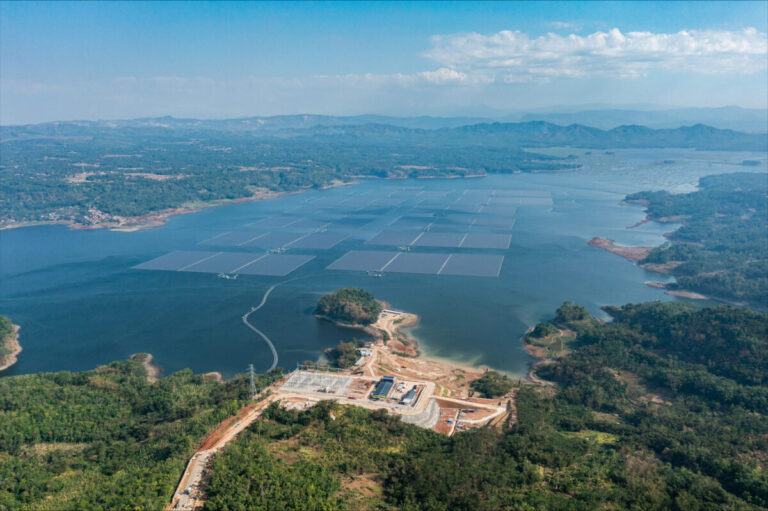China Power Construction Corp. (PowerChina) says it has completed the largest tender in the history of the solar industry, involving 51 GW of PV modules and 51 GW of inverters. The tender results, published on November 13, set a new record for scale and industry involvement.
PowerChina has announced the results of the largest tender in the history of the solar industry, involving 51 GW of PV modules and 51 GW of inverters.
The tender round for PV modules was divided into three categories: 12 GW of tunnel oxide passivated contact modules (TOPCon) for own projects, 36 GW of TOPCon modules for engineering, procurement and construction (EPC) projects, and 3 GW of n – type heterojunction (HJT) modules.
The inverter tender round was split into four lots: 12 GW of centralized all-in-one box inverters above 3,125 kW, 8 GW of string inverters above 300 kW for self-build projects, 25 GW of string inverters above 300 kW for EPC projects and 6 GW of smaller-scale string inverters with a size from 10 kW to 150 kW.
A record number of 58 companies competed for the module contracts. Bids for TOPCon modules ranged from $0.086/W to $0.106/W, with an average of $0.094/W. Bids for HJT modules were slightly higher, ranging from $0.103/W to $0.112/W, with an average of $0.106/W. Companies in the second tier submitted bids below $0.094/W, while top tier companies consistently quoted above this threshold, with a cluster around $0.098/W.
The HJT segment had a price premium of approximately $0.011/W over TOPCon, although some companies reported that prices were nearly identical between the two technologies.
On the inverter side, 25 companies participated. Bids for string inverters ranged from $0.012/W to $0.025/W, with high demand categories (above 300 kW) averaging $0.013/W. Only six companies posted more than $0.014/W for these categories. Small-scale inverters (10 kW to 150 kW) averaged between $0.014/W and $0.019/W, with some even exceeding $0.021/W.
PowerChina said the tender round is based on a framework agreement. The shortlisted suppliers will compete again in 2025 through negotiations or bidding to complete contracts.
In late November, PowerChina unveiled plans for a 300 MW offshore solar power pilot project in the Bohai Sea, designed to withstand extreme maritime conditions. And in early December, the company signed a contract with Manila Electric for a 1.05 GW solar project in the Philippines, as part of the larger 2.45 GW Terra initiative.
Earlier this week, PowerChina launched the construction of three hybrid solar microgrids in Suriname, combining solar power, energy storage and diesel backup to provide electricity to 25 remote villages.
This content is copyrighted and may not be reused. If you would like to collaborate with us and reuse some of our content, please contact: editors@pv-magazine.com.


